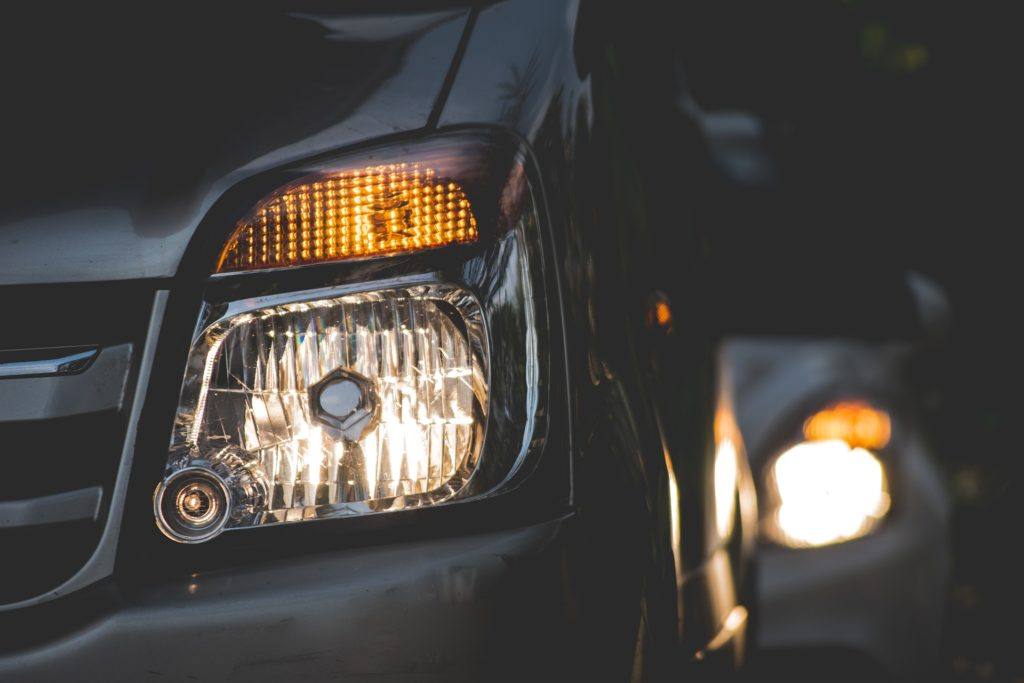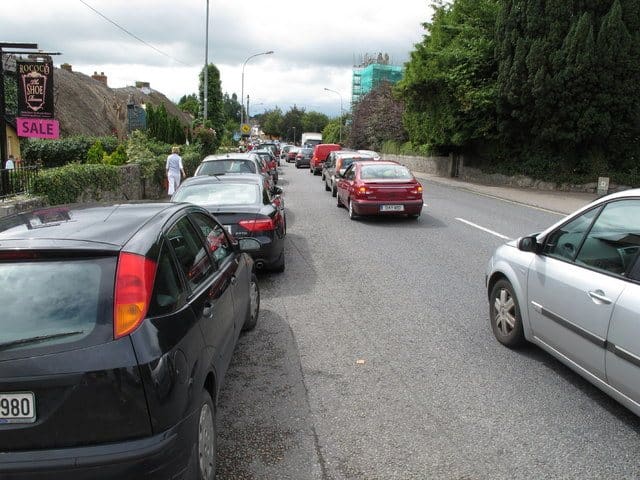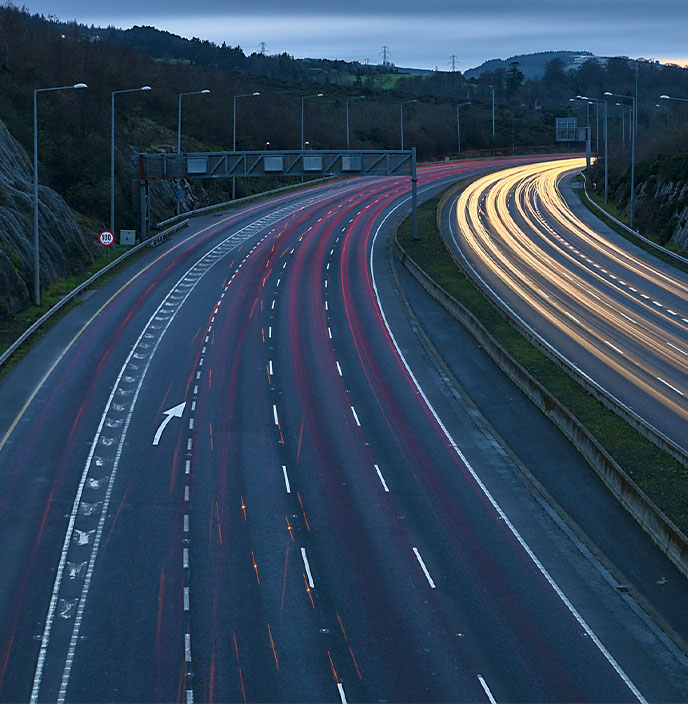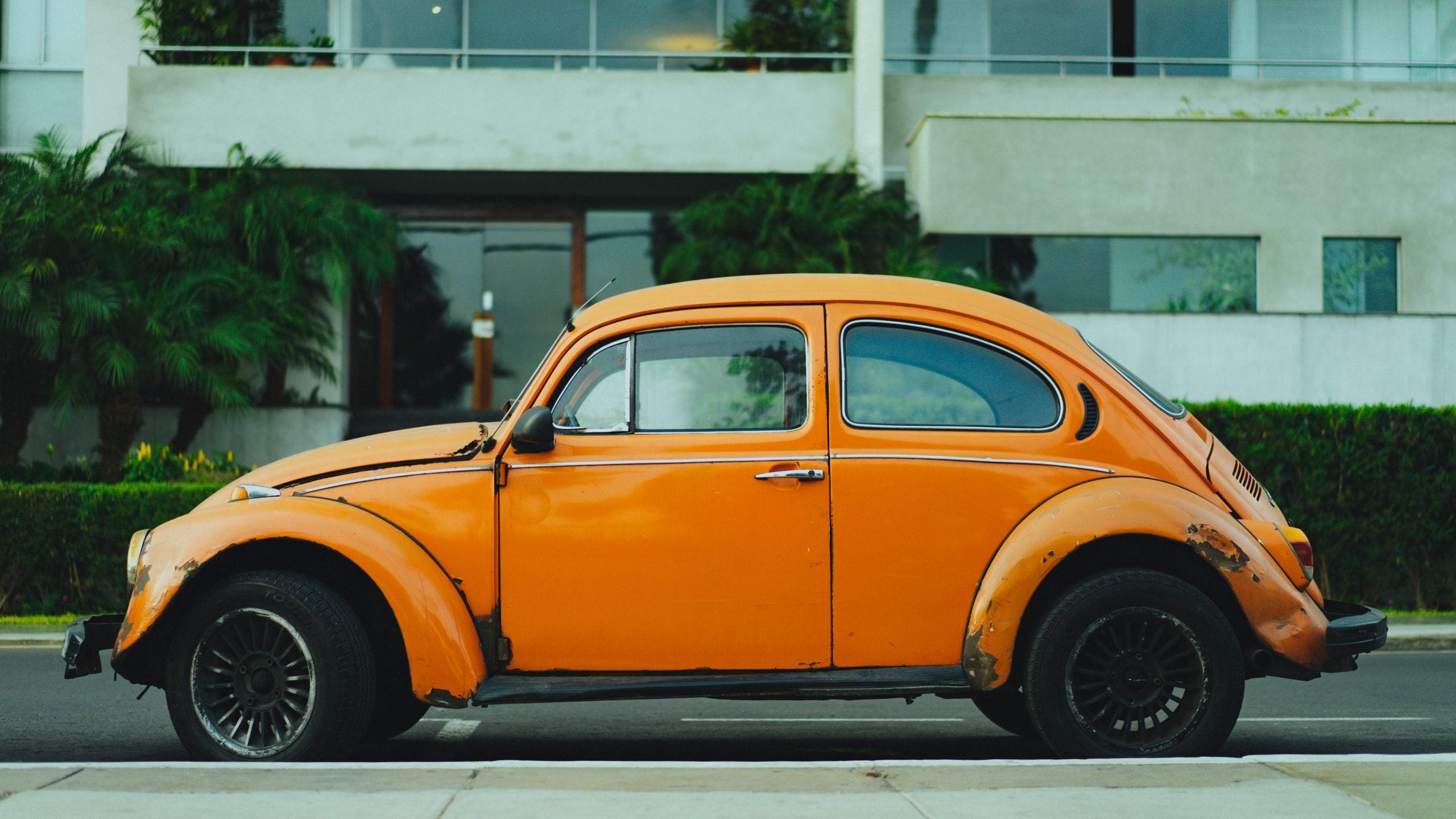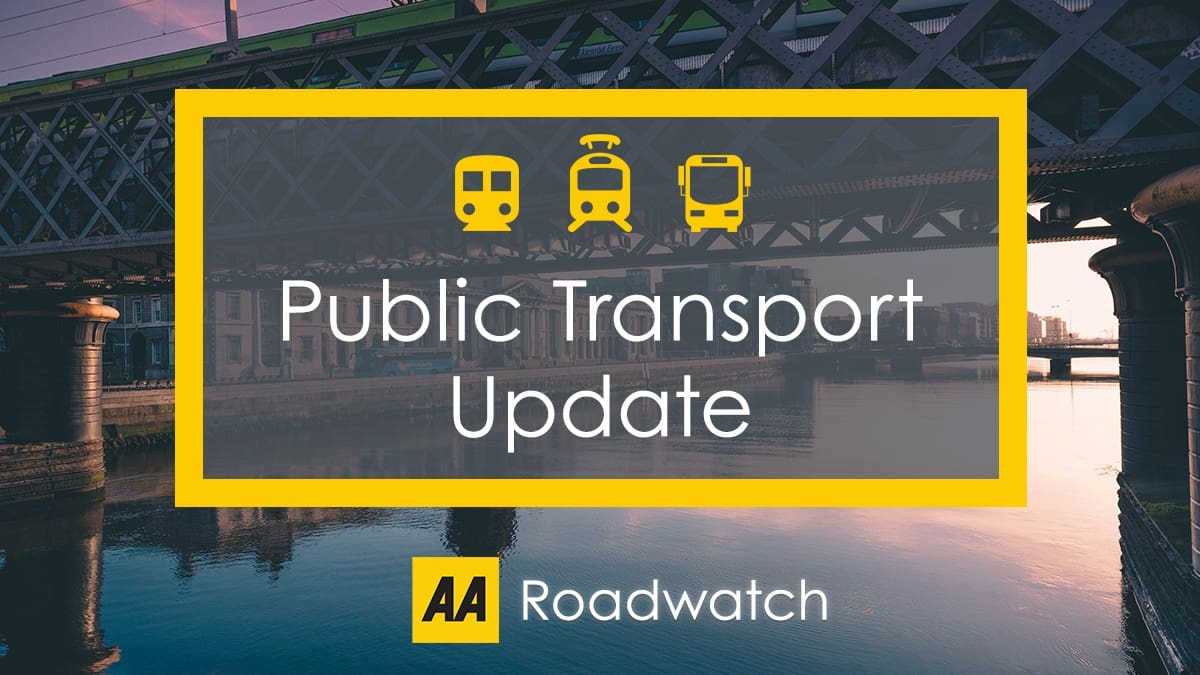Driving a vehicle with defective lights is illegal, so it’s important to check them regularly. Now that the days are shorter, why not brush up on your knowledge of how to use your car lights correctly.
Car Light Legal Requirements in Ireland
Firstly, under Irish law, all cars must have the following lights in working order:
- Two headlights and two white sidelights at the front of the vehicle.
- Four amber direction indicator lights – two at the front and two at the back of the vehicle.
- Four red lights at the back of the vehicle – two tail lights and two brake lights – and two red reflectors.
- One or two white reversing lights at the back of the vehicle.
- Number plate lighting.
It is important to check that your lights work when a bulb goes. You must get it replaced immediately. When lights are only working on one side of a car, it can cause danger for other road users as they may mistake it for a motorbike at night. If you’re on your own and want to check your brake lights, find a parking space in front of a window, press your foot on the brake and use your rear view mirror to see the reflection of the red brake lights in the window.
Before a journey, especially if you’re driving a new or unfamiliar vehicle, make sure you know where the switches for each set of lights are and which dashboard symbols show up when the lights are on.
When To Use Daytime Running Lights
Since February 2011, all cars manufactured in the EU have been fitted with Daytime Running Lights (DRLs).
In most cars, DRLs come on automatically and emit light from the front once it starts moving. The white lights increase visibility in the daytime and improve road safety.
Daytime Running Lights should not be relied upon at night-time or during lighting-up hours as they do not emit enough light. If your vehicle was built before 2011 and doesn’t have DRLs fitted, the RSA recommends that you use dipped headlights in daylight hours.
When To Use Headlights
Full headlights, also known as high beam highlights, should be used when driving at night, except in the following circumstances:
- in a built-up or residential area with good street lighting,
- when driving behind another vehicle (i.e. you can see their red lights ahead),
- when stopped in traffic,
- when meeting an oncoming vehicle,
- in dense fog, heavy rain, or snowfall and
- wherever they may distract or disrupt other road users, e.g. cyclists or pedestrians.
![]()
In the above cases, use dipped headlights instead. These should also be used at the beginning and end of lighting-up hours – that is, just after sunset and just before sunrise – and during daylight hours if your car isn’t fitted with daytime running lights.
No headlights should be used while a car is parked. Parked cars should only light up with parking lights or side lights.
When To Use Fog Lights
![]()
Fog lights increase visibility in extremely low visibility conditions, and every car is equipped with two fog lights, a front and rear one.
Fog lights are commonly misused by motorists. As the name suggests, they should only be used in dense fog or falling snow, and you must switch them off when visibility improves. Rear fog lights should only be used sparingly and in instances of very thick fog or falling snow, as their glare can dazzle the drivers behind you.
It’s an offence to use fog lights in clear conditions as they can dazzle other drivers. The RSA states that you should only use fog lights if your visibility is less than 100 metres – i.e. you can’t see approx. 25 car lengths ahead of you.
Fog lights are best used with dipped headlights. When visibility is significantly reduced, it’s also a good idea to use your foot brake to slow down, so that your brake lights can alert the driver behind you.
When To Use Hazard Warning Lights
There are two main instances when hazard warning lights should be used. This includes if your car is stationary and obstructing traffic in some way or to warn a driver travelling behind you of an obstruction or hazard up ahead. Do not use hazard lights as an excuse for illegal parking.
When And How To Use Your Indicators Correctly
We’ve all seen the driver that indicates at the last second before making a turn – don’t let that be you! Every time you change the direction of your vehicle, you must signify this with your indicator lights. Use indicators in good time so that other road users can react – and don’t forget to turn them off after you’ve made your manoeuvre. Also, keep in mind that putting on your indicator doesn’t give you the right of way: you must wait until there is a safe gap in traffic to make a turn or change lanes.
When To Use Your Brake Lights
Brake lights come on automatically as soon as you apply any pressure to the brake pedal, and they are mainly intended as a safety measure to let the driver behind you know you are slowing down or stopping.
Applying your handbrake and switching to neutral gear when stationary is recommended instead of pressing your brake pedal. Doing so will minimise glare to the driver behind you.
What To Do When Dazzled By Oncoming Headlights Or Fog Lights
Avoid looking directly at the oncoming car’s headlights; instead, avert your eyes towards the verge on your side of the road. When dazzled by the lights of a vehicle coming from behind, you can change the position of your rear-view mirror temporarily or use the night-driving setting on the mirror.
If you are dazzled by the headlights, it is recommended to slow down or even stop if needed.





